Enormous ice shelves as far as the eye can see. An area spanning almost twice the size of Australia. Icy, towering mountain ranges. Magnificent glaciers. Excited penguins. Slow-moving whales. Seals plunging languidly into icy waters. Extreme cold. And an overwhelming silence, a feeling of remoteness, which is at once daunting as it is fascinating. And therein lies Antarctica’s allure.
It was the desire to conquer the fascinating challenges posed by this isolated, stark remoteness that drew many an explorer to Antarctica. In 1773, renowned explorer Captain James Cook and his crew crossed the Antarctic Circle for the first time, but were unable to catch a glimpse of the ‘Unknown Southern Land’. Many attempts were made thereafter, and as history goes, most ended in madness, hypothermia and death. It was only in the early 20th century, during the “Heroic Age of Antarctic Exploration” that Norwegian Ronald Amundsen finally set foot on the continent on 13 December, 1911, after a much publicized and dramatic race with the Briton Robert Falcon Scott. Some of the huts built at that time stand proud even today, frozen in the ice, testimony to how Antarctica can never be truly conquered!
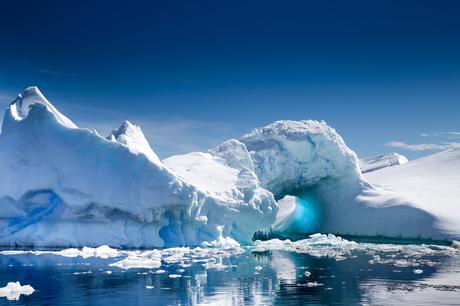
The lure of Antarctica
Amid the extremities of raging wind and cold dry air, temperatures ranging from -90ºC in winter to 15ºC in the summer, Antarctica is now a peaceful hub of 70 research stations.
Around 4000 people stay here during the summer months, which whittles down to around 1000 during winter. They include a clutch of scientists, researchers, support staff, government officials and tourists. And whoseover sets foot on the continent has to tailor their schedules and itineraries to the prevailing conditions. In Antarctica, life is defined by weather and ice. Time is of no essence here – summers are all about daylight while unending darkness engulfs its winters. The continent is also home to a unique collection of indigenous vegetation, including rare mosses and lichens. Abundant wildlife thrives in this harsh, frozen habitat – penguins, sea lions, seals, whales and strange looking cephalopods have made the Southern Ocean and the ice their home, while snow petrels, rock cormorants, albatross and skua fly gracefully across the clear skies. Antarctica is truly a pristine environment beyond compare.
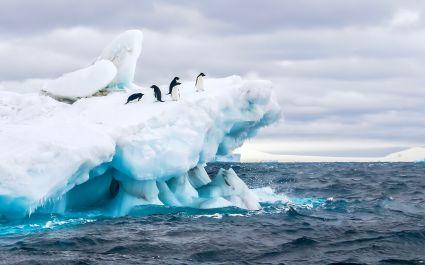


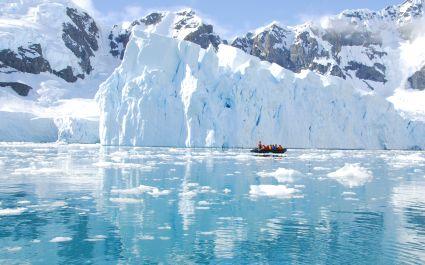
Getting there
The desire to be at one with this region that is so plentiful in its starkness, to be part of something so untouched by humans, is what makes an Antarctica vacation so sought after. The Antarctic Treaty, signed in 1951 says “in the interest of all mankind that Antarctica shall continue for ever to be used exclusively for peaceful purposes and shall not become the scene or object of international discord.” All Antarctic travel has to be environmentally responsible.
An Antarctica vacation is only possible between November and March – the summer season. From December to February, the austral sun gifts the region 20-hours of daylight. Temperatures rise and some of the ice melts, allowing ships through. The most popular way to reach the continent is by water – most ships begin and end in Ushuaia, Argentina. The cruises are designed so that they are as non-invasive to the environment and range from small ships with glass-domed observation lounges or all-boutique suite vessels with plush interiors and top-deck viewing platforms. On-board, enjoy state-of-the-art amenities, gourmet meals, saunas, and a well-stocked library. Or you could choose to fly, from Punta Arenas, Chile to Frei Station on gorgeous King George Island, avoiding sailing across the choppy waters of the Southern Ocean’s Drake Passage. Either way, the thrill of finding yourself approaching the world’s seventh continent is truly undefinable.
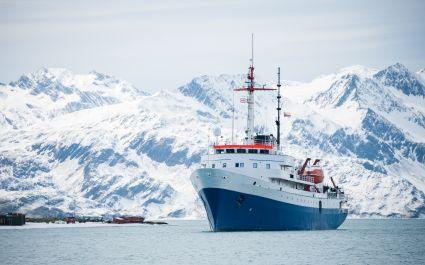
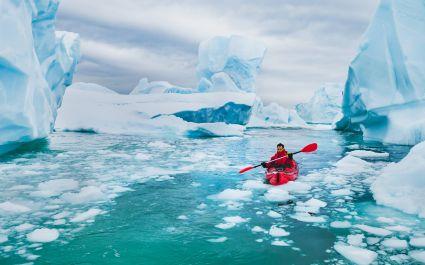
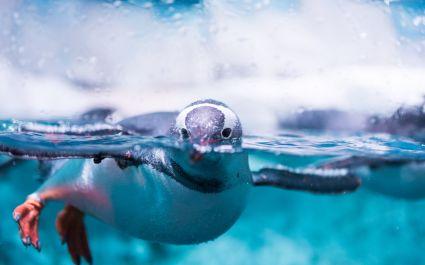
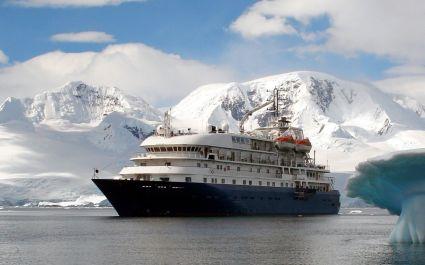
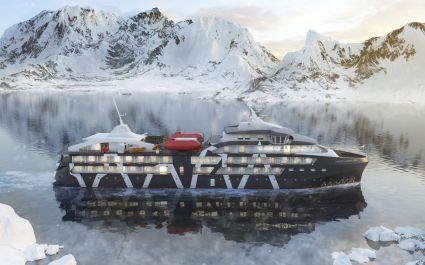
A spectacular setting
Once you do reach Antarctica, there are myriad ways of enjoying its magnificent beauty. One of the more popular things to do on an Antarctica vacation is to embark on day trips on Zodiac rafts or kayaks that take you through the smaller channels and permit shore landings. Each expedition is unique, determined by the weather and wildlife. Stops include former whaling outposts and research stations set against majestic mountains as well as a soak in a geothermal hot spring on Deception Island!
The stunning landscape, covered in ice, affords spectacular photographic opportunities, as does the spectacle of ice calving. If your Antarctica vacation is before the summer sets in, at the start of the season in November, you will witness some of the most spectacular sunsets on the planet: a fantastic evening light in which the sky is bathed in ever changing hues of red, yellow, grays and blacks, as far as the eye can see.
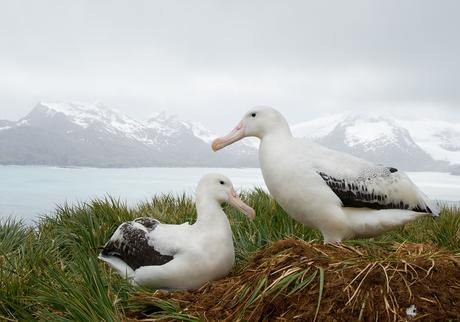
Thanks to the Antarctic Treaty, the continent is home to some of the most extraordinary wildlife. Among its most plentiful inhabitants are penguins – from the large yellowed Emperors, the tiny Adelie, and the easily recognizable Chinstrap, to the Macaroni and the remarkable Southern Rockhopper. Their rookeries on the ice are a buzz of activity especially around January when the eggs start hatching! You will never cease to be amazed by the millions of seabirds that constantly skim the nutrient-rich waters of the Southern Ocean. These waters are also home to the grand humpback and blue whale who migrate here during this time to feed in the waters.
And when you have had your fill of the wildlife, spectacular icebergs and icy fjords – if that is possible! – you could catch a glimpse of what it is like to live for long periods of time in this cold desert, by visiting the research bases.
An Antarctica vacation is truly the journey of a lifetime. It reminds us of just how tiny we are in this magnificent ecosystem. And why we must do our utmost to preserve it.
Let us craft a truly exhilarating Antarctica vacation for you!
Book Your TRIP